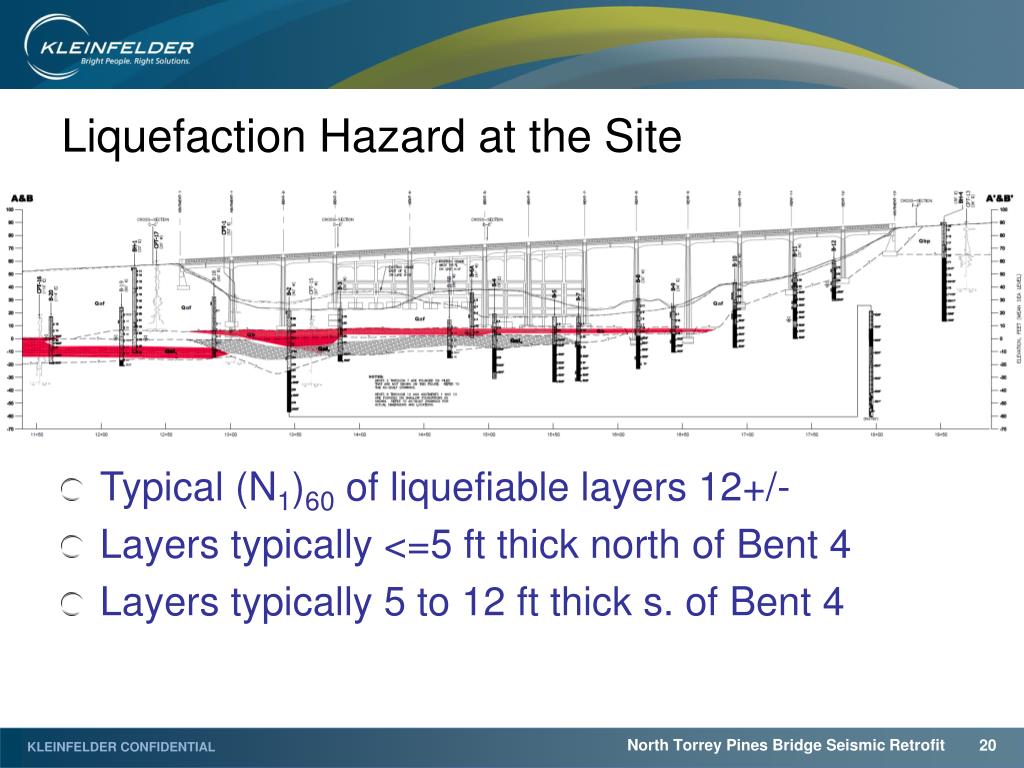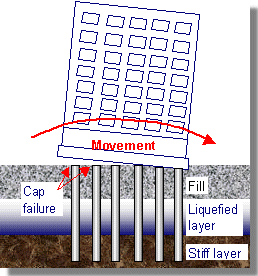

Responses of nonplanar walls with at least one cross-sectional principal axis that is not a symmetry axis are typically governed by unsymmetrical bending and would be influenced by inelastic biaxial interaction more significantly than those of planar walls. In designing reinforced concrete frame-wall buildings, designers may choose nonplanar wall section, such as L, T, C etc., as opposed to planar shapes, such as rectangular or barbell. Therefore, nonlinear finite element analysis is definitely required to more exactly evaluate ultimate resisting capacity and load-deformation behavior. Nevertheless, the design method mentioned in design codes does not always give a reasonable calculation since the shear wall capacity, as predicted on the basis of the truss analogy concept, often overestimates the structural behavior established by experiment.


Due to the advantage of its rigidity, shear walls which offer great resistance for lateral loads have been widely adopted in building structures. Journal of Applied Sciences, 8: 394-406.Īs the need for the seismic design of civil structures increases, many experimental and analytical studies predicting the nonlinear response of structures according to the load increase and computing the ultimate resistance under extreme load conditions have been performed (ASCE, 1982). Nonlinear Analysis of RC Flanged Shear Walls Considering Tension-Stiffening Effect.
#Webwall bent stiffness seismic how to
How to cite this article:Īlireza Mortezaei and Ali Kheyroddin, 2008. Load-displacement relations of shear walls under various stress conditions are then evaluated to verify the accuracy of the proposed model. In addition, correlation studies between analytical results and experimental values from idealized shear walls tests were conducted. The finite element model predictions are validated by comparison with available experimental data. Using the concept of average stresses and strains, a criterion is proposed to simulate the tension-stiffening effect based on the force equilibriums and compatibility conditions. After tensile cracking, concrete compressive strength degradation was implemented and the tensile capacity of concrete maintained by the reinforcing steel (tension-stiffening effect) is considered. The proposed model includes the description of biaxial failure criteria which show compressive strength enhancement and tensile resistance reduction effects for the stress states of biaxial compression and tension-compression, respectively. In this study, an analytical model which can predict the nonlinear behavior of Reinforced Concrete (RC) structures such as flanged shear walls subjected to shear and normal stresses is introduced. In order to analysis of reinforced concrete structures subjected to general loading conditions, realistic constitutive models and analytical procedures are required to produce reasonably accurate simulations of behavior. Research Article Nonlinear Analysis of RC Flanged Shear Walls Considering Tension-Stiffening Effect Journal of Applied Sciences: Volume 8 (3): 394-406, 2008


 0 kommentar(er)
0 kommentar(er)
